Name Clarence Brandley | ||
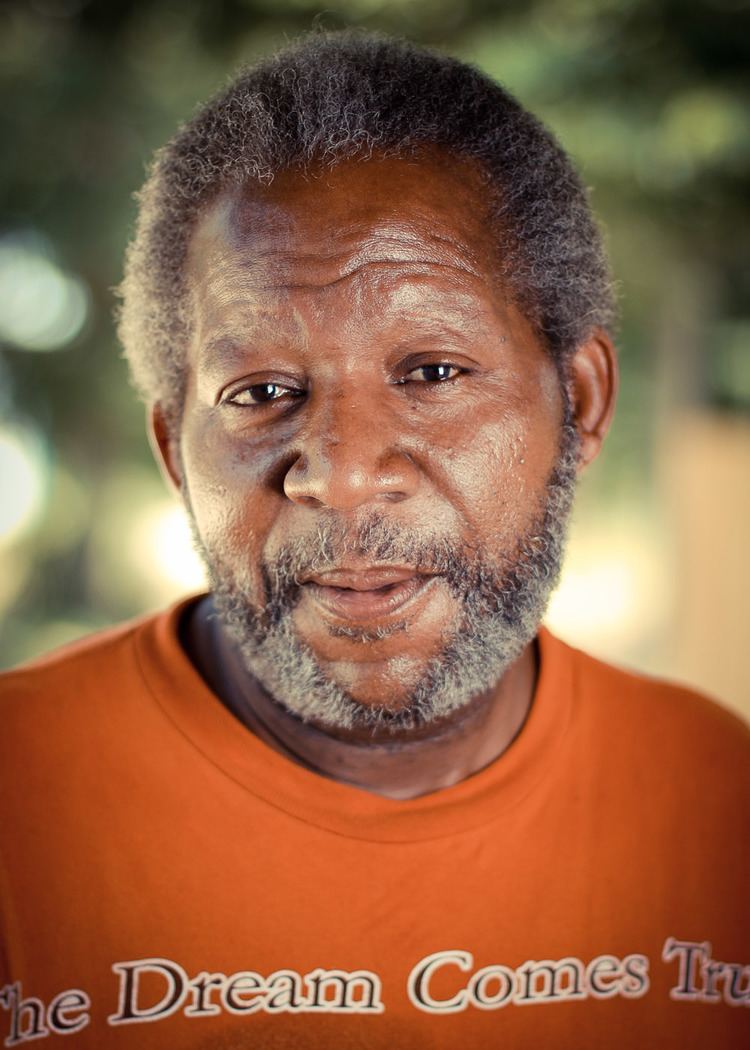 | ||
Similar People Jew Don Boney, Kirk Bloodsworth, Ray Krone | ||
Clarence Brandley Interview May 18 2011 KPFT.wmv
Clarence Lee Brandley (born September 24, 1951) is a black man who was wrongly convicted of the rape and murder of Cheryl Dee Fergeson in 1981. Brandley was working as a janitor supervisor at Conroe High School in Conroe, Texas where Fergeson was a 16-year-old student athlete visiting the school from Bellville, Texas. Brandley was held for nine years on death row. After lengthy legal proceedings and community outcry that eventually ended in the Supreme Court of the United States, Clarence Brandley was freed in 1990. After his release, Brandley was involved in further legal proceedings over child support payments that had accrued over his time in prison, and ultimately with an unsuccessful $120 million lawsuit against various agencies of the State of Texas.
Contents
- Clarence Brandley Interview May 18 2011 KPFTwmv
- Innocent people victimized twice clarence brandley
- The crime
- Co workers statements
- Brandleys statements
- Trials
- Post conviction
- State habeas corpus sought
- Community activism and result
- A fair hearing
- References

Innocent people victimized twice clarence brandley
The crime
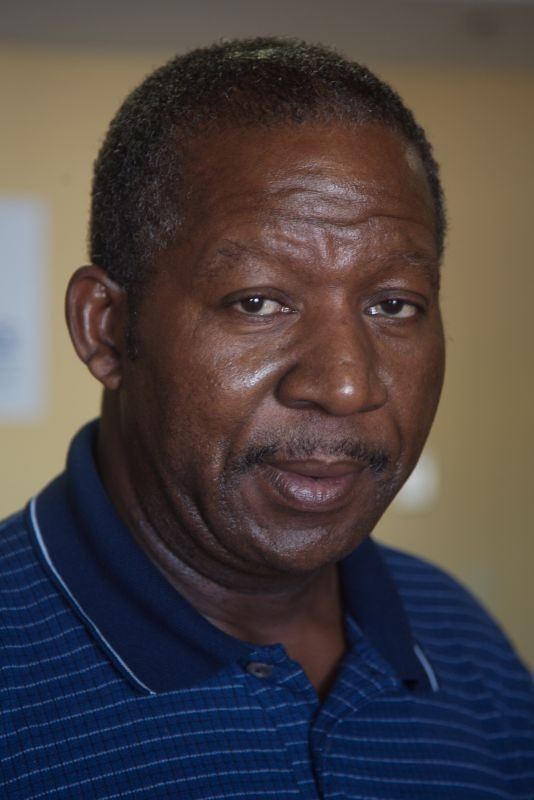
Cheryl Dee Fergeson, a 16-year-old junior at Bellville High School, was murdered on August 23, 1980. Fergeson was part of a school volleyball team playing a match against another high school in Conroe, Texas. Her body was found in the loft above the school auditorium.
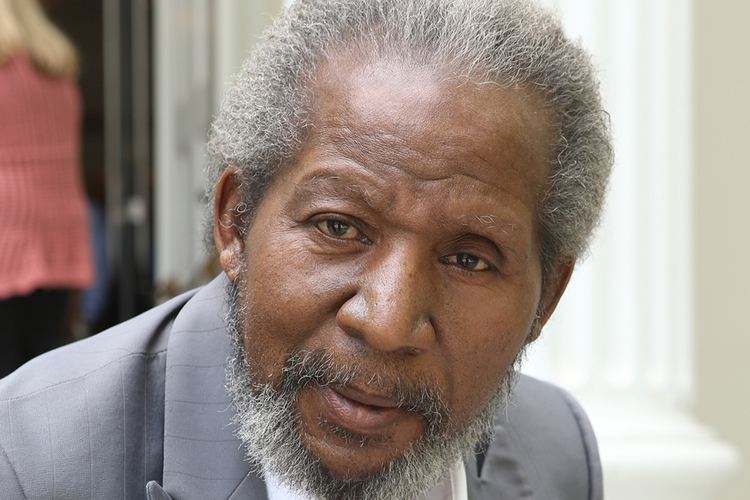
Suspicion immediately fell on two of the custodians, Brandley and Henry (Icky) Peace, who had found the body. During their joint interrogation — as Peace would recount — Texas Ranger Wesley Styles told them, "One of you is going to have to hang for this" and then, turning to Brandley, added, "Since you're the nigger, you're elected."
Co-workers' statements
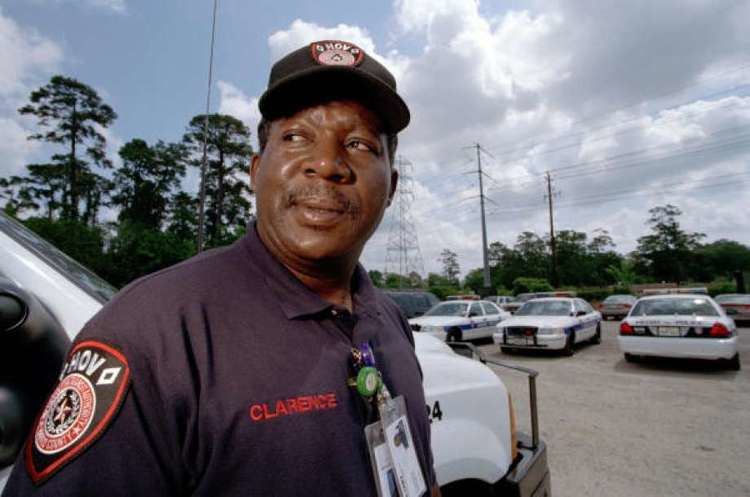
The three claimed to have seen the victim enter a girls' restroom near the school gymnasium, and then to have seen Brandley walking toward the restroom with an armload of toilet paper. They claimed that they told Brandley there was a girl in the restroom, and that he replied that he was taking the toilet paper to the boys' restroom. They did not see him again until about 45 minutes later, after a search had begun for the missing student. The fourth white custodian, Peace, subsequently added that Brandley was insistent on immediately searching the loft and, when they found the body, calmly checked for a pulse and then notified the authorities. And all four said that only Brandley had keys to the auditorium where the body was found.
Brandley's statements
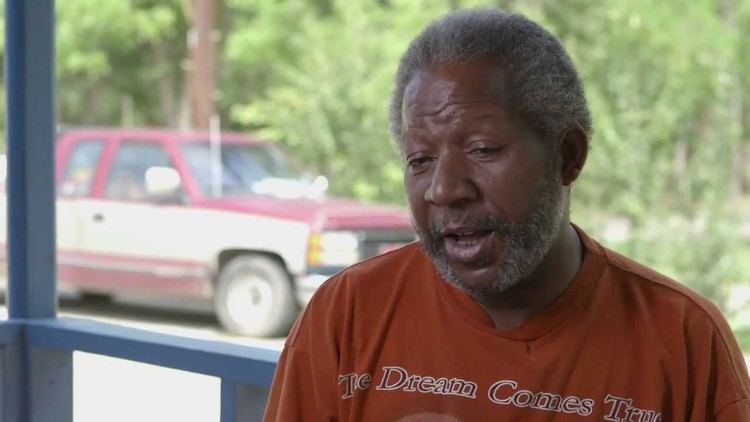
Before an all-white Montgomery County grand jury on August 28, 1980, five days after the crime, Brandley professed innocence. Although he contradicted his white co-workers in several respects, he acknowledged that he had disappeared for perhaps 30 minutes about the time the murder was believed to have occurred. He said he was in the custodian's office smoking and listening to music alone. He also testified that a number of other persons had master keys that would open the auditorium and, in any event, that doors near the stage usually were propped open with a two-by-four.
Trials
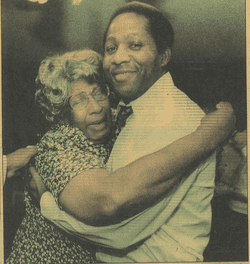
Brandley went on trial in December 1980 before an all-white jury. There was no physical evidence linking him to the crime. Spermatozoa recovered from the victim's body had been destroyed — without having been tested to determine whether Brandley could have been its source. Moreover, a fresh blood spot had been found on the victim's blouse that had not come from her and could not have come from Brandley. The spot was Type A, but Brandley had Type O blood. One juror found the evidence insufficient to establish guilt, forcing Judge Sam Robertson, Jr. to declare a mistrial. The name of the holdout juror — William Shreck — became public knowledge, leading to anonymous harassing telephone calls. One man, whose anonymous communication was monitored by police, threatened Shreck, "We're going to get you, nigger lover."
At Brandley's second trial in February 1981 before another all-white jury but a different judge, one of the original witnesses — John Sessum — was not called. Later it was discovered that the prosecution had decided not to use Sessum because he no longer was willing to support the other custodians' versions of events, even though he had been threatened with being charged with perjury if he refused to go along. However, the prosecution came up with a witness who had not testified previously. He was Danny Taylor, a junior at the school, who had worked briefly as a custodian but was fired before the crime. Taylor claimed that Brandley once had commented — after a group of white female students walked past them — "If I got one of them alone, ain't no tellin' what I might do."
Dr. Joseph Jachimczyk, medical examiner for Harris County, testified that the victim had died of strangulation and that a belt belonging to Brandley was consistent with the ligature used in the crime. In closing argument, District attorney James Keeshan mentioned that Brandley had a second job at a funeral home and suggested that perhaps he was a necrophiliac and had raped Fergeson after she was dead — an argument that could not have been made in good faith because Keeshan had a report stating that Brandley only did odd jobs at the funeral home and had never been involved in the preparation of bodies for burial. The defense objected to Keeshan's remark as inflammatory, but Judge John Martin overruled the objection.
Post-conviction
Eleven months after Brandley was convicted and sentenced to death, his appellate lawyers discovered that exculpatory evidence had disappeared while in the custody of the prosecution — including a Caucasian pubic hair and other hairs recovered from Fergeson's body that were neither hers nor Brandley's. Also missing were photographs taken of Brandley on the day of the crime showing that he was not wearing the belt that the prosecution claimed had been the murder weapon. The missing evidence was all the more troubling in light of the pretrial destruction of the spermatozoa.
Much was made of the willful destruction and disappearance of the potentially exculpatory evidence in Brandley's appellate briefs, but the Texas Court of Criminal Appeals affirmed the conviction and death sentence without mentioning the issue. "No reasonable hypothesis is presented by the evidence to even suggest that someone other than [Brandley] committed the crime", said the court. Brandley V. Texas, 691 S.W.2d 699 (1985).
Brenda Medina, who lived in the nearby town of Cut and Shoot, Texas, saw a television broadcast about the Brandley case. Saying she had been unaware of the case until then, she told a neighbor that her former live-in boyfriend — James Dexter Robinson — had told her in 1980 that he had committed such a crime. Robinson had previously worked as a janitor at Conroe High School. Medina said she had not believed Robinson at the time, but now it made sense. At the neighbor's suggestion, she went to see an attorney, who took her to see District Attorney Peter Speers III, who had succeeded Keeshan in the job when Keeshan ascended to the Texas District Court bench. Speers quickly concluded, or so he said, that Medina was unreliable — and, therefore, that he had no obligation to inform Brandley's lawyers. The private attorney she had consulted thought otherwise, however, and brought her to the attention of the defense.
State habeas corpus sought
After obtaining Medina's sworn statement, Brandley's lawyers petitioned the Texas Court of Criminal Appeals for a writ of habeas corpus. The court ordered an evidentiary hearing, which was conducted by District Court Judge Ernest A. Coker.
Before calling Medina to testify at the evidentiary hearing, Brandley's defense team called Edward Payne, father-in-law of Gary Acreman, one of the school custodians who had testified at both Brandley trials and who was now suspected by the defense of having been a co-perpetrator of the crime with Robinson. Payne testified that Acreman had told him where Fergeson's clothes had been hidden two days before the authorities found them.
After Medina related details of Robinson's purported confession, Brandley's lawyers called John Sessum, the custodian who had testified at the first trial but not the second. Sessum's testimony was in sharp contrast to what he had said at the first trial. He now said he had seen Acreman follow Cheryl Fergeson up a staircase leading to the auditorium and then heard her scream, "No" and "Don't." Later that day, Acreman warned Sessum not to tell anyone what he had seen. But Sessum said he did tell someone — Wesley Styles, the Texas Ranger who was leading the investigation. That was a mistake. Styles, according to Sessum, responded by threatening him with arrest if he did not tell a story consistent with Acreman's.
Community activism and result
Despite the accumulation of new evidence, Judge Coker recommended that Brandley be denied a new trial — a recommendation perfunctorily accepted by the Court of Criminal Appeals on December 22, 1986. But by now civil rights activists, including Reverend Jew Don Boney, had coalesced and raised $80,000 to help finance further efforts on Brandley's behalf. The Rev. Boney was the Chairman of the Houston, Texas-based "Coalition to Free Clarence Lee Brandley" and spearheaded community efforts to have Brandley receive a fair trial. Boney was interviewed on numerous national news outlets and brought significant media and community attention to the case. National Advocate James McCloskey, of Centurion Ministries in Princeton, New Jersey, also took on the case.
Working with a private investigator, McCloskey soon obtained a video-taped statement from Acreman stating that Robinson had killed Cheryl Fergeson and that he had seen Robinson place her clothes in a dumpster where they were found; that is how Acreman knew where the clothes were before they were found. Although Acreman soon recanted that video statement, two witnesses had come forward attesting that they had heard Acreman say he knew who killed Fergeson, that it was not Brandley, but that he would never tell who did it. Based on these statements, with Brandley's execution only six days away, Coker granted a stay.
A fair hearing
After further investigation, Brandley's lawyers petitioned for another evidentiary hearing, which the Court of Criminal Appeals granted on June 30, 1987. The new hearing was conducted by Special State District Judge Perry Pickett. Robinson, Acerman, and Styles testified for the prosecution, each seeming to help rather than hurt Brandley's case.
Robinson admitted he had told Brenda Medina in 1980 that he had killed the young woman in Conroe, but claimed he had said that only to frighten Medina. She had been pressuring him because she was pregnant, he said, and he simply wanted her to stop pestering him. Acreman stuck by what he had said at both trials, although he admitted that Robinson had been at Conroe High School the morning of the murder. Incidentally, Robinson and Acreman, unlike Brandley, had Type A blood — consistent with the spot on Fergeson's blouse.
Texas Ranger Styles, while denying he had done anything improper, acknowledged that even before he had interviewed any witnesses, Brandley was his only suspect. When pressed about why he had not obtained a hair sample from Acreman to compare with the Caucasian pubic hair and other hairs found on the victim, Styles stammered, "Let's say I didn't do it and it wasn't done, and why it wasn't done, I don't know."
On October 9, 1987, Judge Pickett recommended that the Court of Criminal Appeals grant Brandley a new trial, declaring: "The litany of events graphically described by the witnesses, some of it chilling and shocking, leads me to the conclusion the pervasive shadow of darkness has obscured the light of fundamental decency and human rights." The Court of Criminal Appeals, after sitting on the case for 14 months, finally accepting Picket's recommendation with a sharply split en banc decision on December 13, 1989 (Ex Parte Brandley, 781 S.W.2d 886 (1989)).
The prosecution appealed, delaying disposition of the case another 10 months. But within hours of the U.S. Supreme Court's denial of certiorari on October 1, 1990 (Texas v. Brandley, 498 U.S. 817 (1990)), they dropped all charges. A few months later, Brandley was ordained as a Baptist minister, and a few months after that he was married. The officials involved in the case were not disciplined, nor did they apologize. Prosecutors in the case still insist they convicted the right man.
